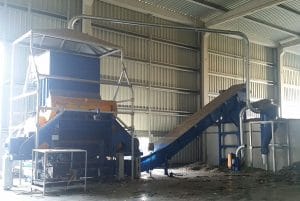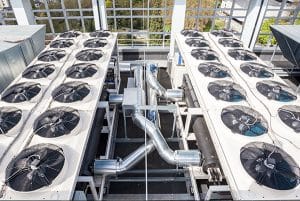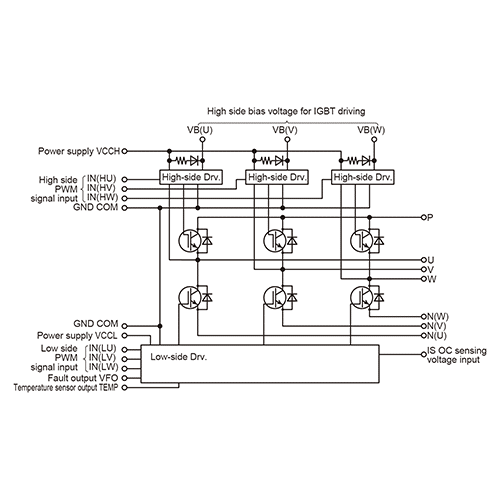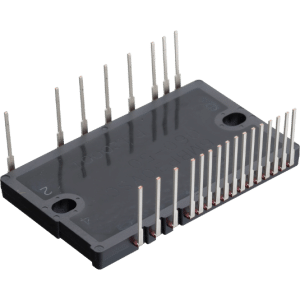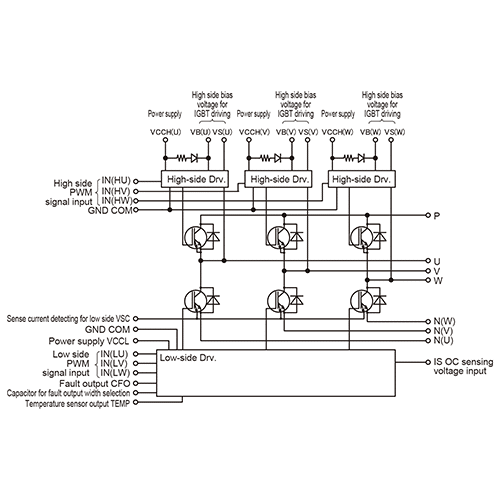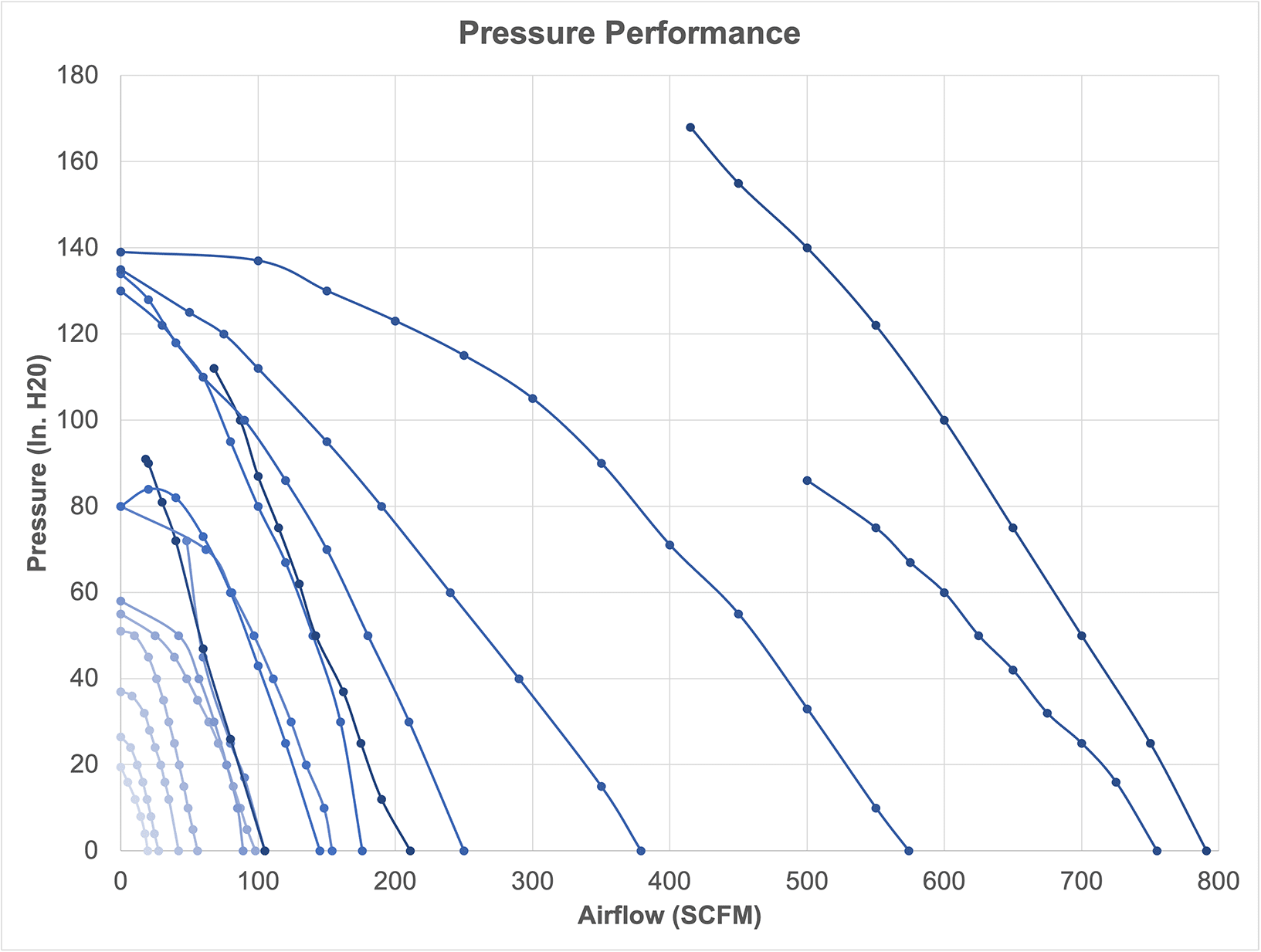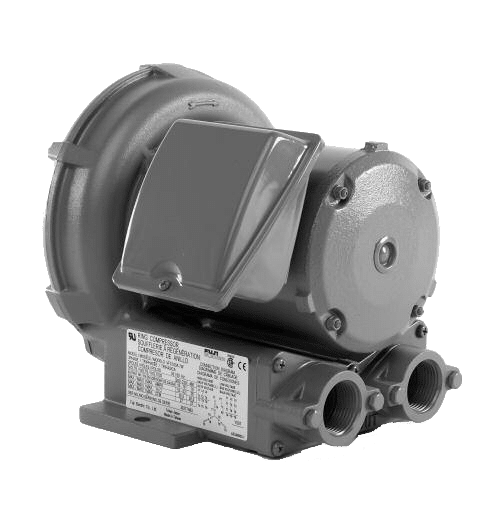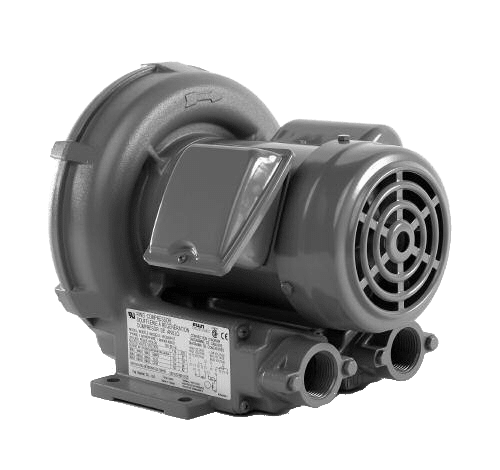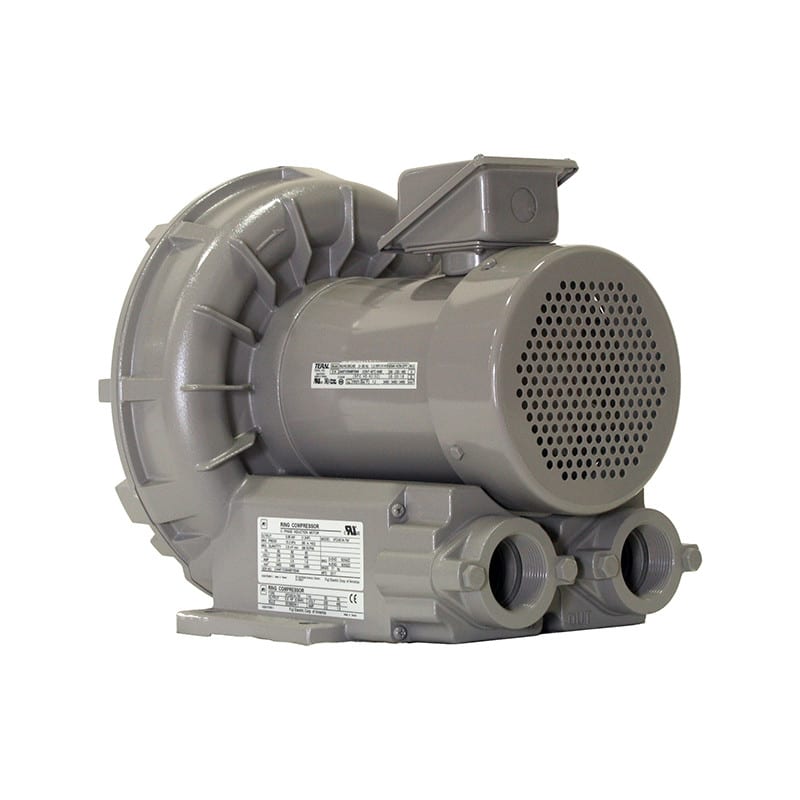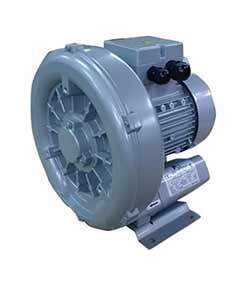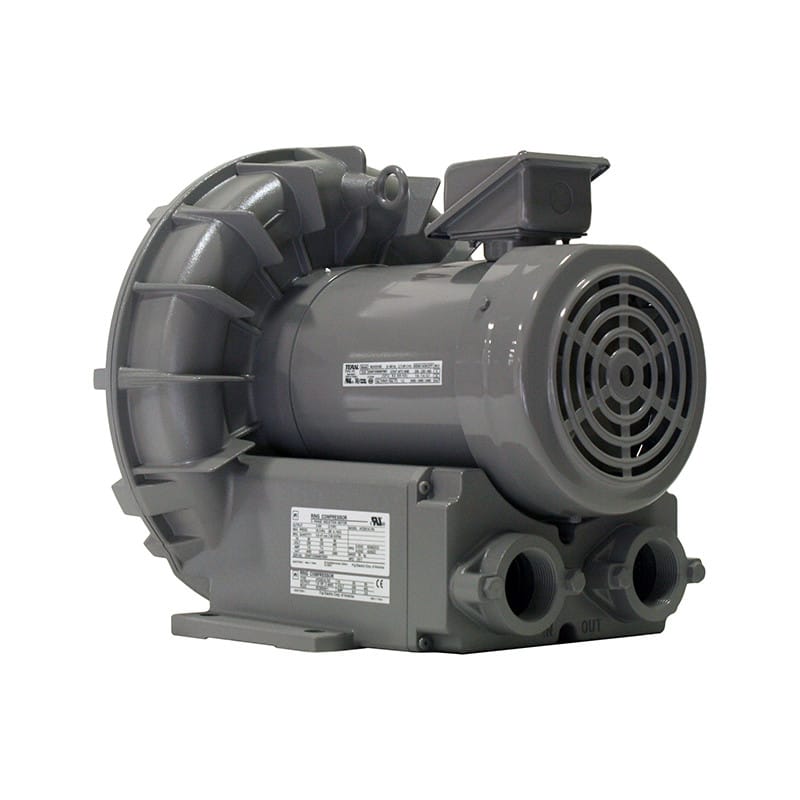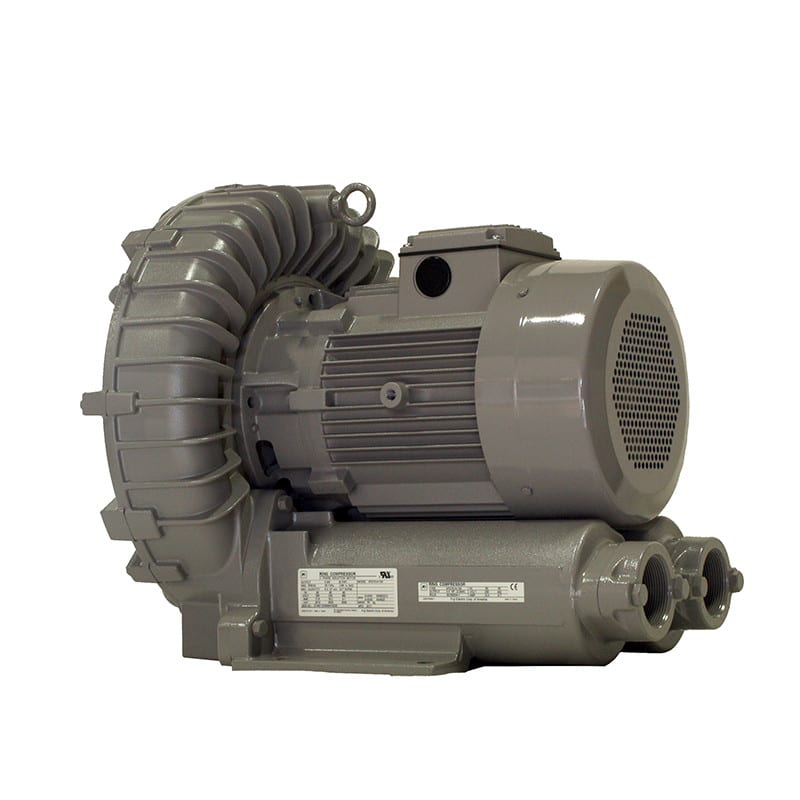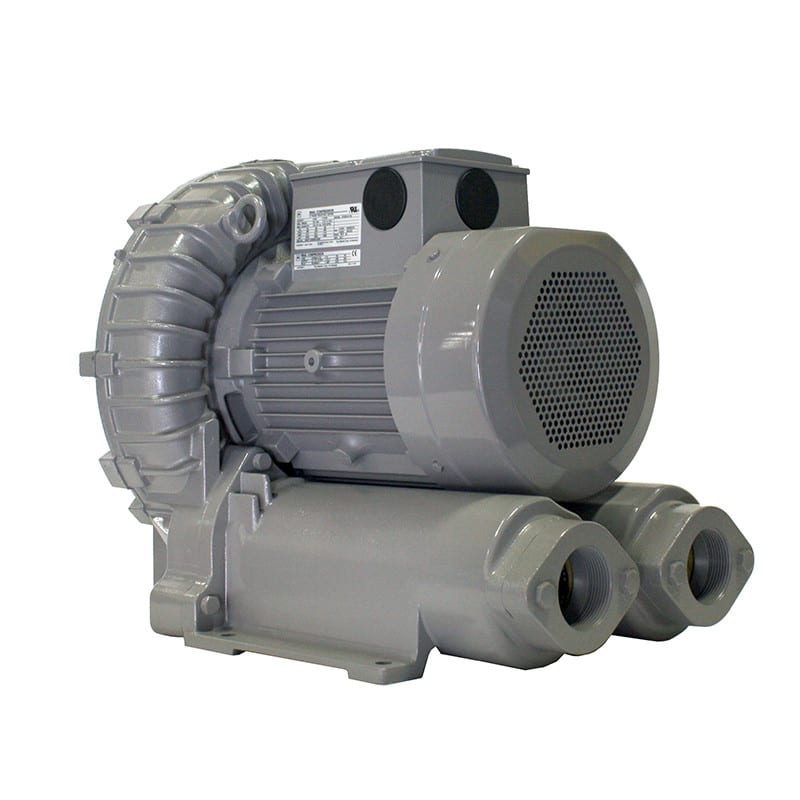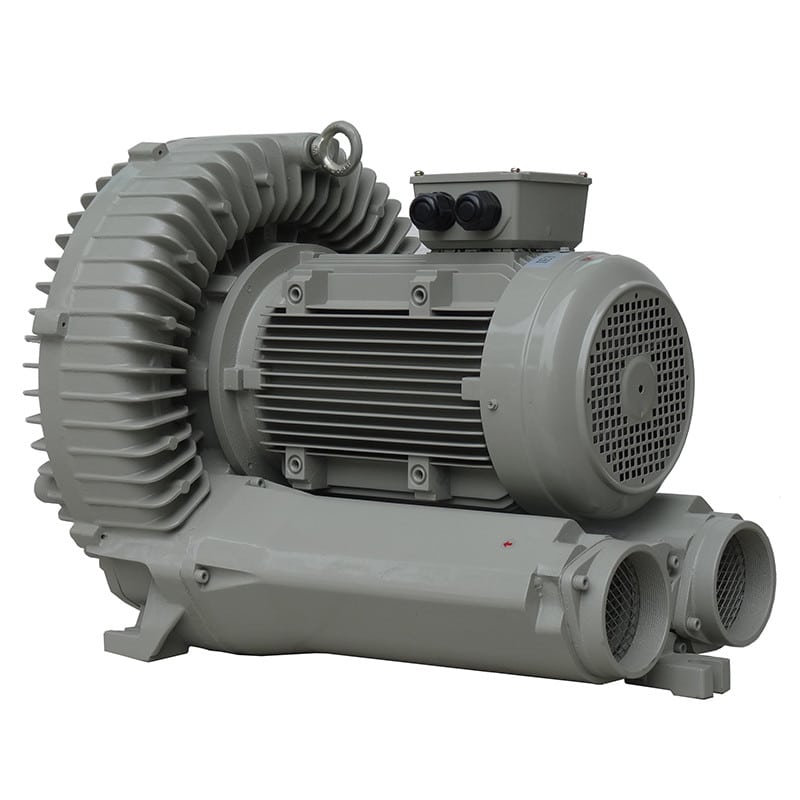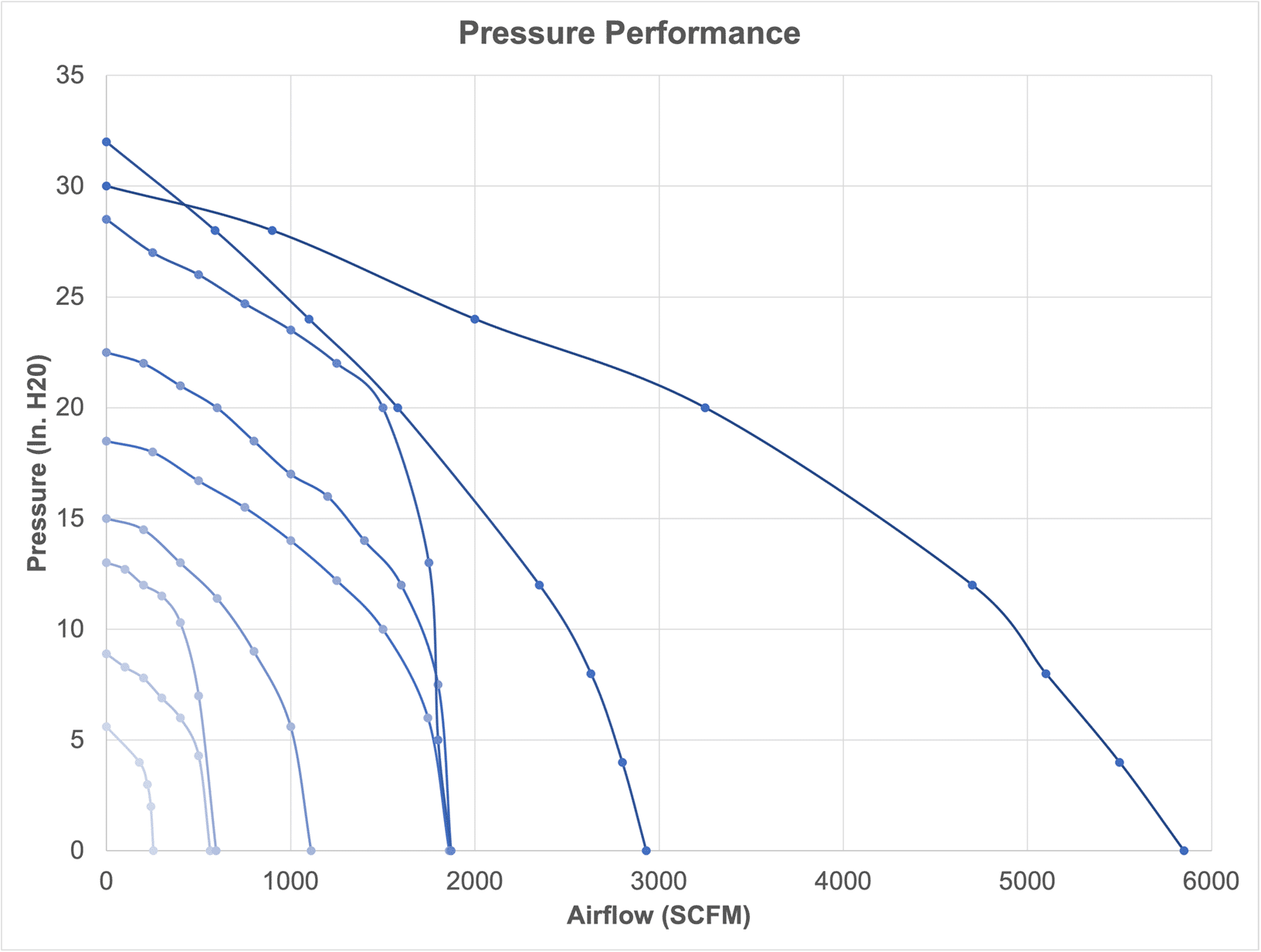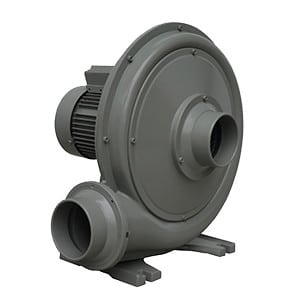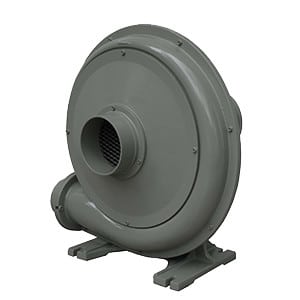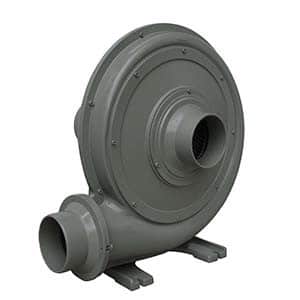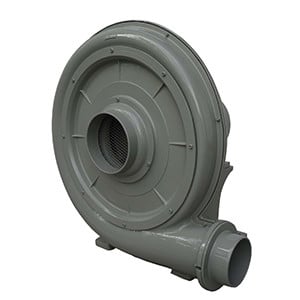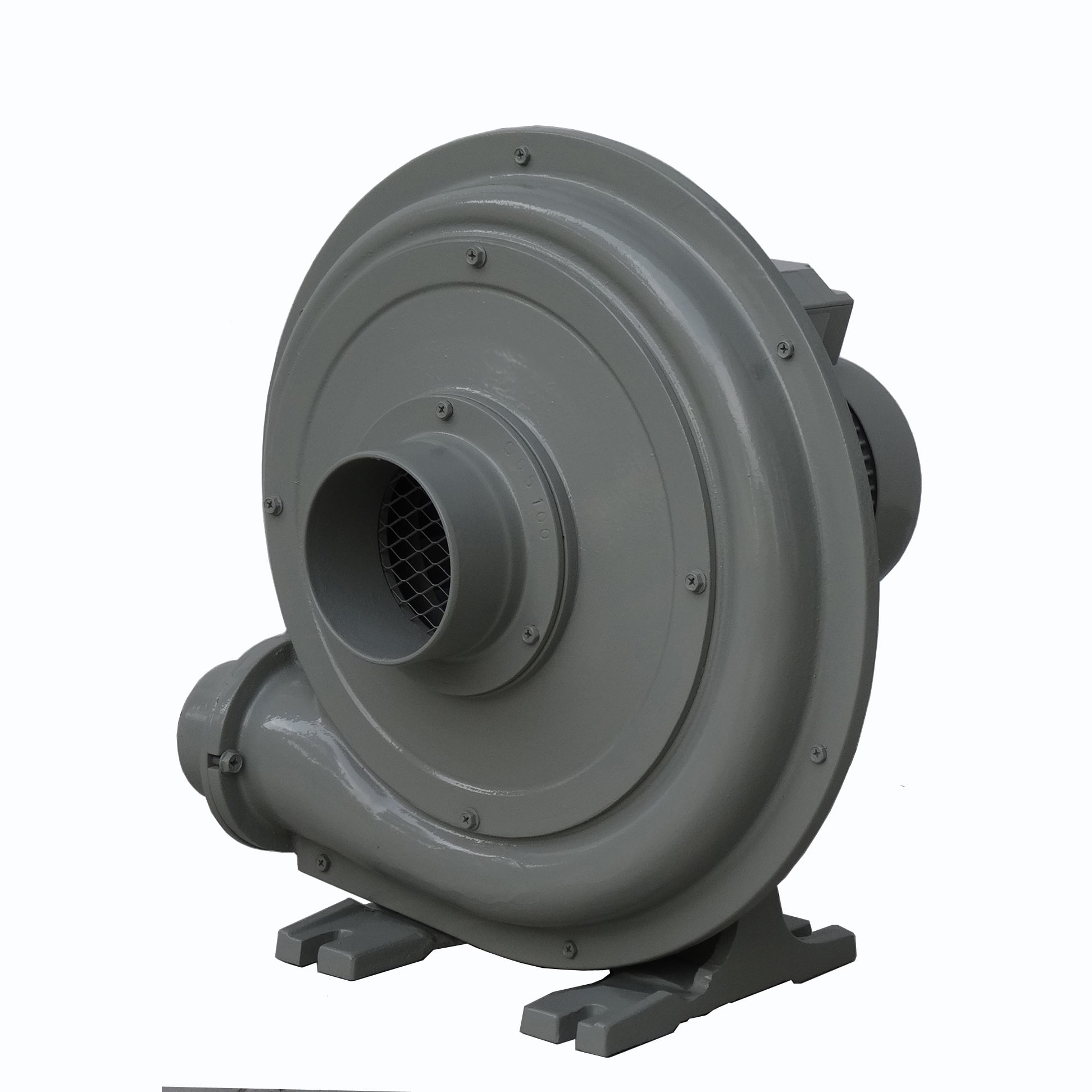Human Machine Interfaces (HMIs) play a critical role in efficiently monitoring and controlling control systems, whether they are on a small scale or span multiple geographic locations. Regardless of the system’s scope, effective communication is essential as it ensures transparency, rapid responsiveness, and allows decision-makers to free themselves from a specific physical location. These goals can be achieved through three main approaches:
Direct Access:
Modern PCs are equipped with hardware that, when combined with well-designed HMI software, facilitates communication. The simplest and most established method is through an HMI’s web server. The procedure involves connecting the HMI to the internet via an Ethernet connection. The company’s data and functions become accessible through web pages and technologies like the cloud, allowing other mobile devices to access them via simple addresses. While security is a growing concern in open communication, web server technologies such as Apache HTTP and Microsoft IIS adhere to the latest security standards, including SSL and HTTPS security, ensuring user data integrity. User rights can be established to enhance security and reduce misuse of authority. Over-reliance on the internet can, however, lead to operational interruptions in the event of network breakdowns.
Onsite IT:
A more expensive but reliable approach involves using onsite IT hardware and software. This option provides more power and flexibility for distributing data across multiple devices but requires specialized hardware and software, along with ongoing maintenance. Multiple HMIs within a plant are connected through Ethernet ports, forming an intranet with all the functionalities of the internet, but on a local level. Information can be accessed in the same way as before through various devices, but with greater security and control. Setting up an internal IT network that extends to all corners of the plant and associated offices is necessary. The intranet should ideally be location-independent and connect all company assets, both enterprise and manufacturing. Security is less of a concern, but the network requires high maintenance and constant service to operate without interruptions.
The Cloud:
Cloud technologies can revolutionize the way information flows, allowing devices to interact in a more stable, reliable, and resourceful manner. Multiple redundant connections enable each device to connect to the cloud and access HMI functions through smartphone apps. These apps reflect changes across databases and spreadsheets stored in the cloud, which are subsequently reflected in the industrial hardware in place. Cloud systems offer flexibility, affordability, and high security. Examples include Amazon Web Services and Microsoft Cloud, which employ a high level of virtual and physical security and a range of backup mechanisms to ensure uninterrupted operations even in adverse scenarios. The cloud-based system represents the latest and most viable solution for HMI communications with remote devices. The widespread availability of the internet, including 4G cellular networks, and powerful mobile devices have transformed it into an industrial technology poised to establish itself over the coming decades.





